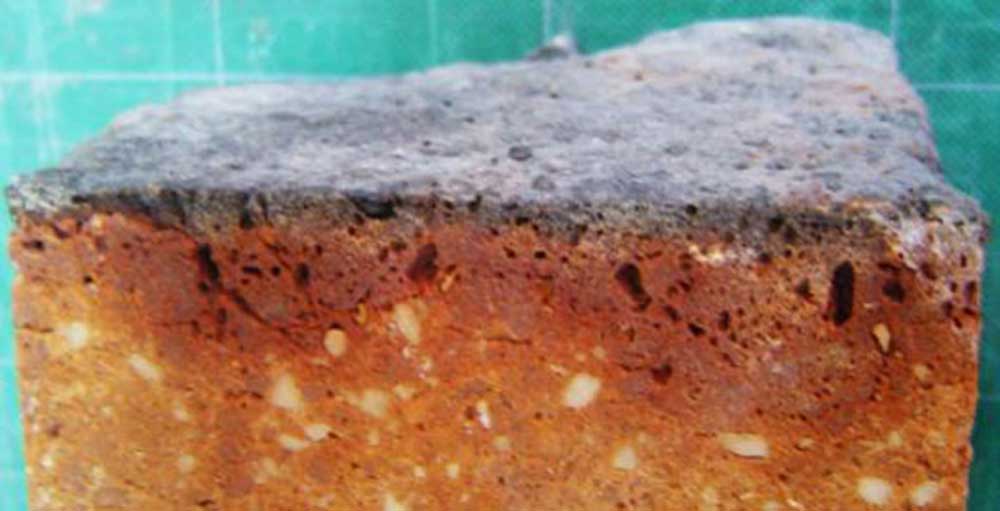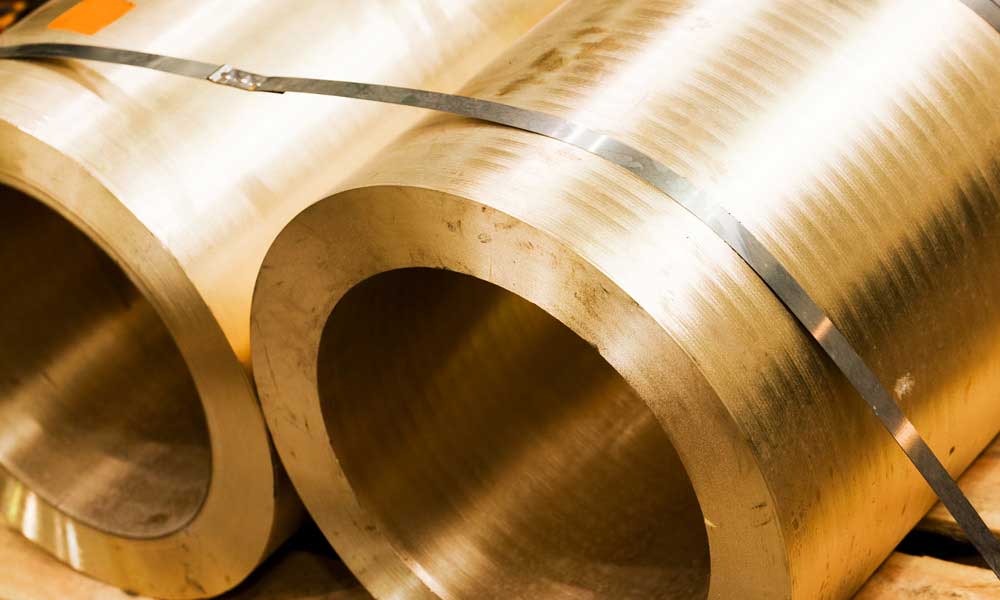During the use of refractory materials, the damage mainly comes from three aspects.
① Melting damage caused by the reaction between slag and refractory materials,
② Flake damage caused by cracks and cracks caused by thermal stress,
③Loss caused by mechanical collision caused by loading metallurgical materials, and mechanical scouring caused by violent movement of molten metal and slag,

The reaction process of slag and refractory materials can be divided into two stages: the contact and penetration of slag and refractory materials, and the reaction of slag and refractory materials.

(1) Slag penetrates into the interior of refractory materials through the capillaries and cracks of refractory materials.
(2) Slag penetrates along the matrix of refractory materials. Generally speaking, the matrix of refractory materials contains more impurities and is easy to form a melt at high temperature. When there are pores or cracks and temperature gradient inside the material, the melt formed by the matrix can migrate from the hot end to its cold end. After the hot end matrix migrates, a gap will be formed, and the slag can penetrate into the matrix along this channel.

(3) When the slag contacts the surface of the refractory material composed of polycrystalline, the slag can also migrate into the interior of the refractory material through the grain boundary.
(4) The melting action directly causes the loss of some dissolved components in the refractory material, changes the chemical composition of the refractory material, and destroys the structure of the refractory material.







